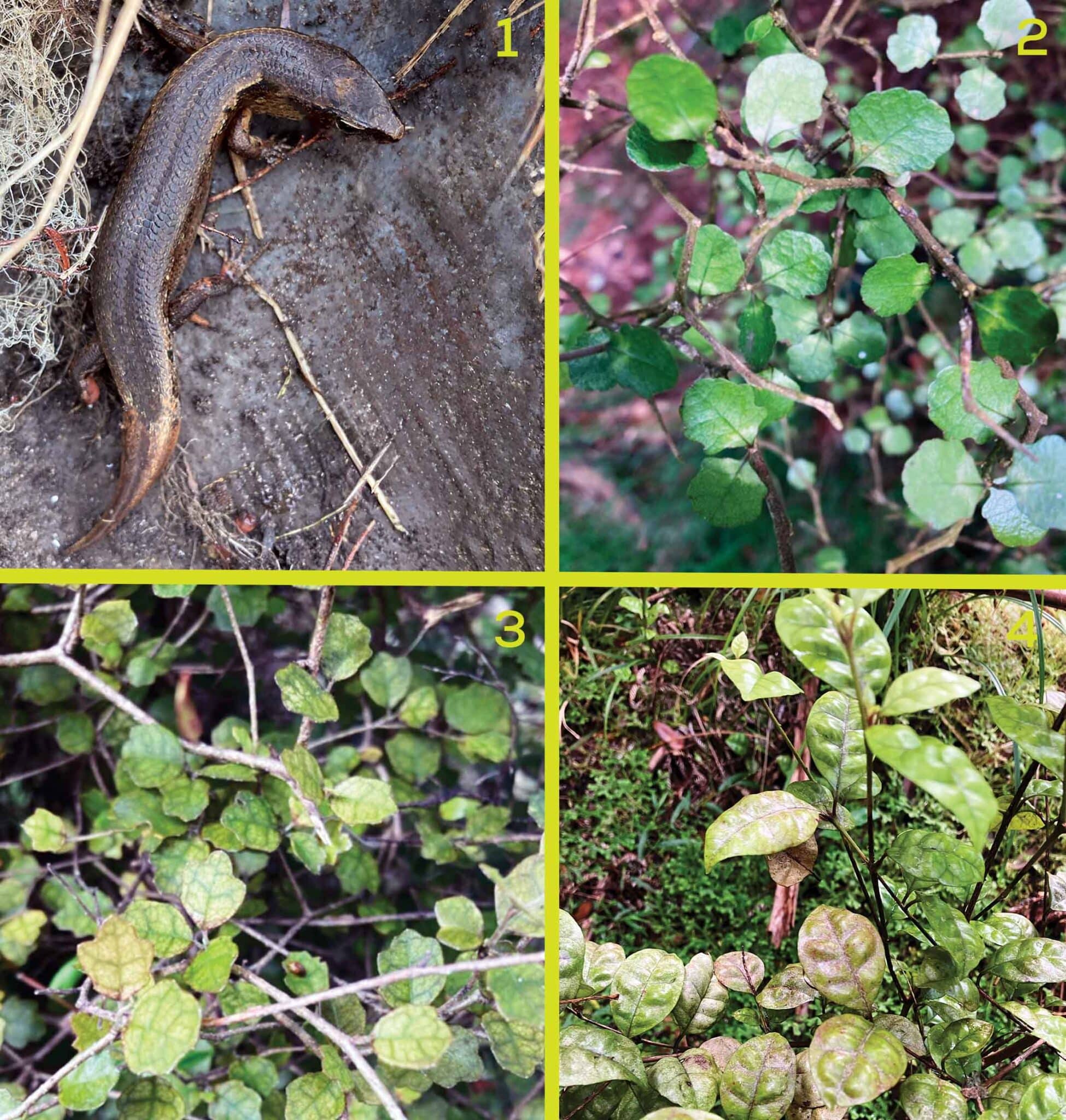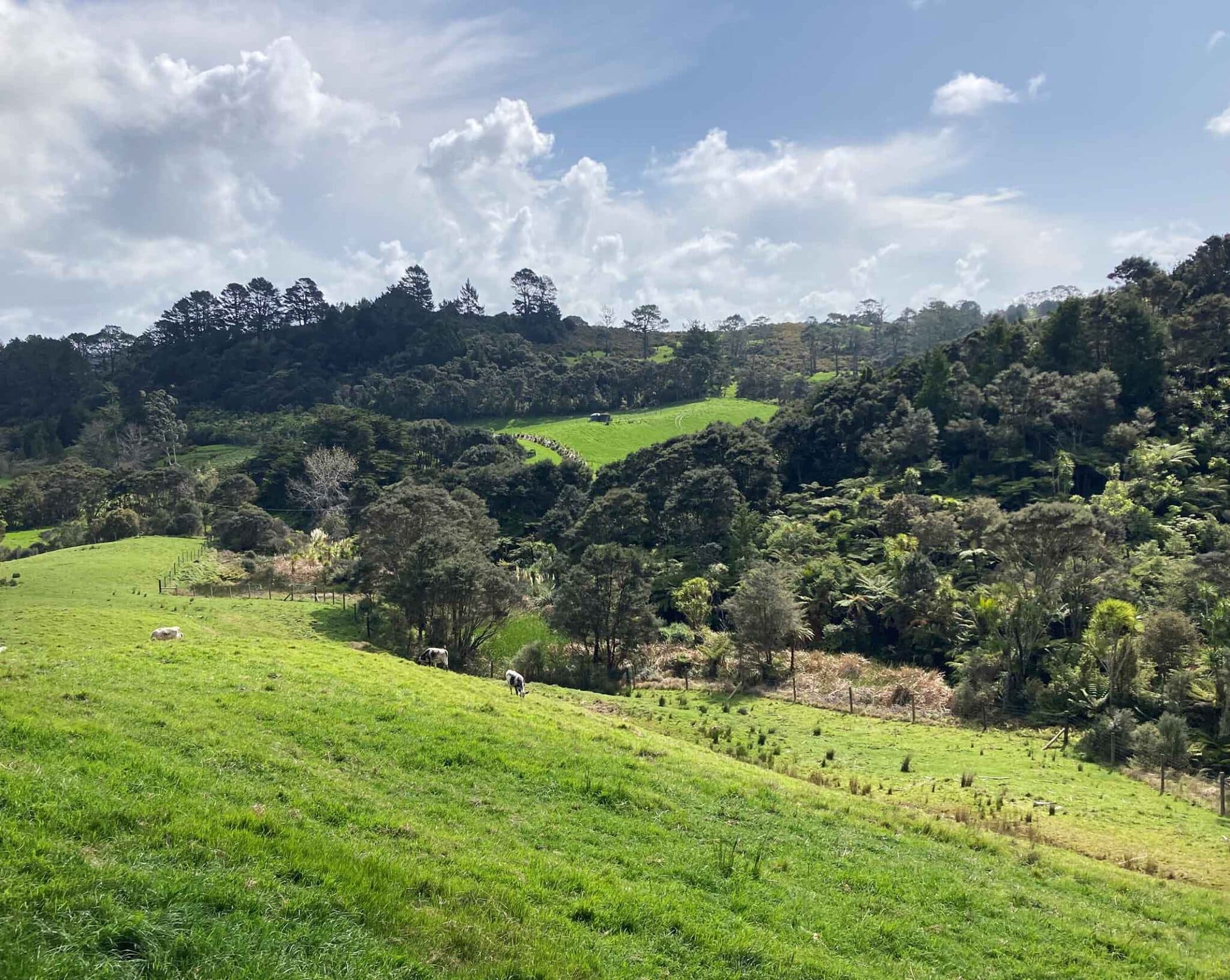By Tristan McArley, Senior Ecologist, Cato Bolam Consultants.
If your rural property has native bush or wetlands that support threatened or at-risk species, it may qualify as a Significant Ecological Area (SEA). This could also create opportunities for Environmental Enhancement Subdivisions. While there are obligations to consider, it can be a practical way to protect biodiversity while unlocking development potential. Even bushland with a grazed understorey may qualify. Understanding these possibilities can help you make informed decisions about your land’s future and its value.
What is Biodiversity and Why Does it Matter?
Biodiversity refers to the variety of life on Earth, from plants and animals to fungi and microorganisms. It helps stabilise ecosystems that provide critical services such as clean water, food production, and climate regulation. Healthy ecosystems are more resilient to environmental changes.
For example, reducing snapper populations—a key predator—can disrupt marine ecosystems. Without snapper, sea urchins overpopulate and overgraze kelp forests, causing imbalance. This highlights how species are interconnected and why maintaining biodiversity is essential for resilience.
Protecting New Zealand’s Native Biodiversity
The National Policy Statement for Indigenous Biodiversity outlines the need to protect and restore native ecosystems and species. Similarly, Chapter D9 of the Auckland Unitary Plan provides guidelines to identify, protect, and restore significant areas of biodiversity across Auckland.
A key designation in the Unitary Plan is the Significant Ecological Area (SEA) classification. Areas may qualify based on criteria such as:
-
Presence of rare, threatened, or distinctive species
-
Rare or threatened ecosystems
-
Important ecological functions such as wildlife corridors
-
Representativeness of natural ecosystems
-
Uniqueness, where habitats contain species found nowhere else

Identifying and Protecting SEAs
An area can meet SEA criteria if it supports species that are rare, threatened, or at risk of extinction. A 2023 Auckland Council report identified 357 regionally threatened plant species, with over 1,300 nationwide facing similar threats due to habitat loss, climate change, and human activity.
If an SEA is identified on a property, it becomes an important site for biodiversity protection. Native forest, wetlands, or the presence of a threatened species could qualify an area for SEA status—but confirmation requires assessment by a qualified ecologist.
Subdivision Opportunities for Landowners
Protecting biodiversity benefits the environment and can add value to a property. An SEA designation isn’t just about conservation—it can also offer opportunities for landowners.
Under the Auckland Unitary Plan, landowners with an SEA may be eligible for subdivision, including Transferable Title Rights (TTRs), while maintaining ecological values.

How Cato Bolam Can Help
Cato Bolam provides expert biodiversity assessments to identify rare and threatened species within native bush and wetland areas. Our ecologists help landowners understand whether their property meets SEA criteria and explore subdivision options.
By protecting SEAs, we preserve biodiversity while enabling landowners to maximise their land’s potential—a win for both the environment and property owners.
For expert guidance on biodiversity assessments and subdivision opportunities, contact Myles Goodwin and the Cato Bolam team.

